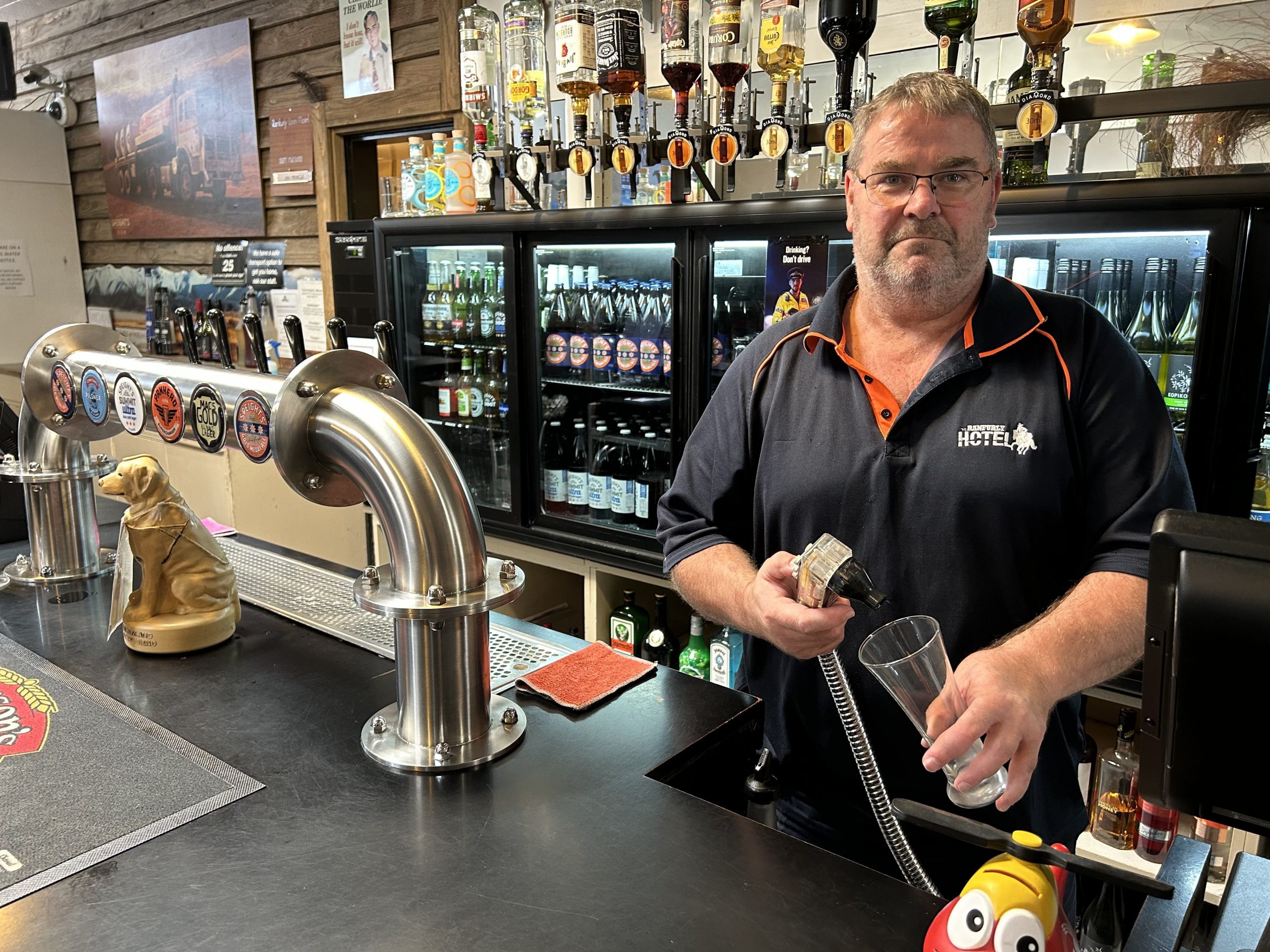A ‘‘passive’’council response was one of several failings that led to an extended water shortage in the Maniototo in the height of summer, the Central Otago District Council was told last week.
CODC Three Waters director Julie Muir presented a report on the events that led to Ranfurly’s drinking water supply being restricted and a boil-water notice being enforced for eight days in February.
The Ranfurly water supply was sourced from two places at East Ewe Burn and gravity-fed 9.5km through a gravel trap and then to the water treatment plant about 5.5km away.
It could be supplemented from the Hawkdun Irrigation Company race during drought but that had not been used since 2014 and was not routinely inspected or maintained, Ms Muir said.
On January 26 council contractor Fulton Hogan sent a text to a council water team member advising water demand was exceeding supply.
The next morning Fulton Hogan advised it had overreacted and thought the extra demand was from irrigating the Maniototo A&P showgrounds and requested demand be reduced by half.
Later that day, Fulton Hogan advised the plant had been running continuously and it was concerned about the reservoir dropping further during the weekend.
On January 31, the situation had improved but demand was still exceeding supply and the reservoir could not refill overnight.
The next morning, the reservoir had dropped to 66% and council staff were asked to turn off all irrigation in Ranfurly.
By February 3, the reservoir had dropped to 48%. Fulton Hogan told the council it would check the system on February 7 to see if it could get more water to the treatment plant.
Fulton Hogan told the council that because Naseby Forest was closed to vehicles because of fire risk, staff would have to cycle 9km to check the intake weir.
However, the intake was not checked as planned as one staff member was off sick and two people were required for health and safety reasons.
Ms Muir told the meeting when land owners were eventually contacted by council staff on February 13, when the Three Waters director arrived back from leave, the landowners said the area was closed to the public but access was, and always had been, available for the council and Fulton Hogan.
Fulton Hogan’s response and council oversight of the situation was inadequate, Ms Muir said.
Council staff should have followed up and contacted the landowners to arrange vehicle access to the weir intake from the outset, she said.
Fulton Hogan’s failure to check the East Ewe Burn weir intake screen for 11 days after it was identified as being required led to the restrictions that were imposed on February 7 and the boil water notice issued the next day.
The event was not managed as a potentially critical incident from the outset despite it being clear it was a water supply and demand issue and low reservoir levels.
Fulton Hogan claimed $90,355.02 for its response — $58,944.50 for water tanker subcontractors, $9900 for leak detection services and its own charges of $21,510.52.
Following discussion about the cause of the event, Fulton Hogan offered to cover plant and labour costs and half the costs of subcontractors totalling $55,933, leaving the council to pay $34,422.
Ms Muir said there were failings by the council and Fulton Hogan. Steps had been put in place to ensure such an event did not recur.
There had been changes within both council and contractor delivery teams since April and that had resulted in a significant change in culture.
‘‘It is the response to these situations that makes a difference to the outcome experienced by the community.
‘‘In this case, our response could have avoided the situation that occurred.’’
The council water team took a passive role in the situation when Fulton Hogan advised them, she said.
Ms Muir said all the region’s water safety plans were being reviewed. The council had driven home to Fulton Hogan that it needed to escalate matters if there was a critical incident.
A business case for upgrading the Maniototo water supplies to meet the New Zealand drinking water standards and improve resilience to climate events was under way to enable the required investment to be included in the 2024 long-term plan.





